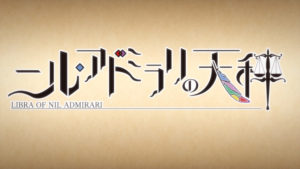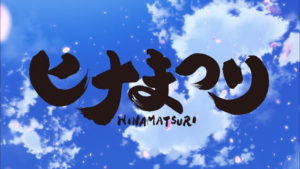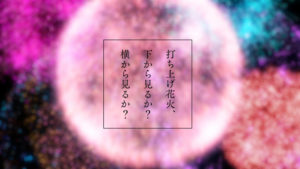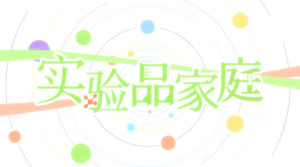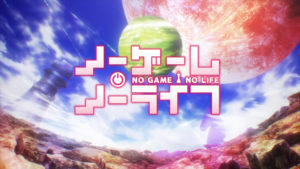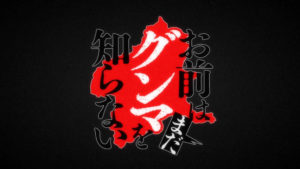In the hopes of turning their declining fortunes around the Kuze family has decided to marry off their eldest daughter Tsugumi. While not happy with the arrangement herself, her younger brother takes the news far worse; he immolates himself after falling under the sway of an emotionally-charged book. An incident which awakens in Tsugumi the ability to see the aura these ‘maremono’ emanate and leads her to join the agency in charge of managing them.
A drama with secondary slice of life and romance elements, a few action scenes, and significant literary and political themes.
More Information:
aniDB
Crunchyroll
Wikipedia
